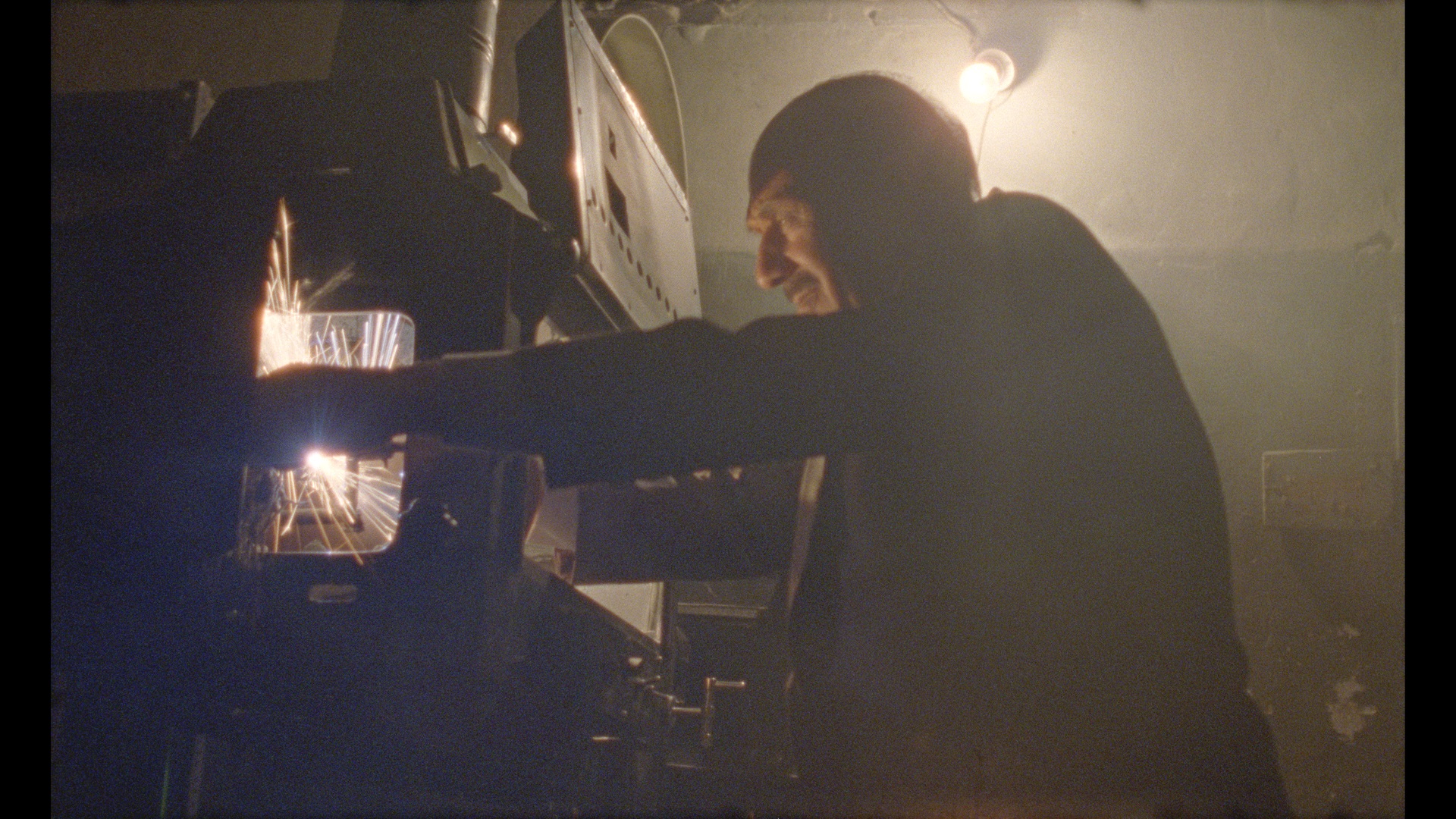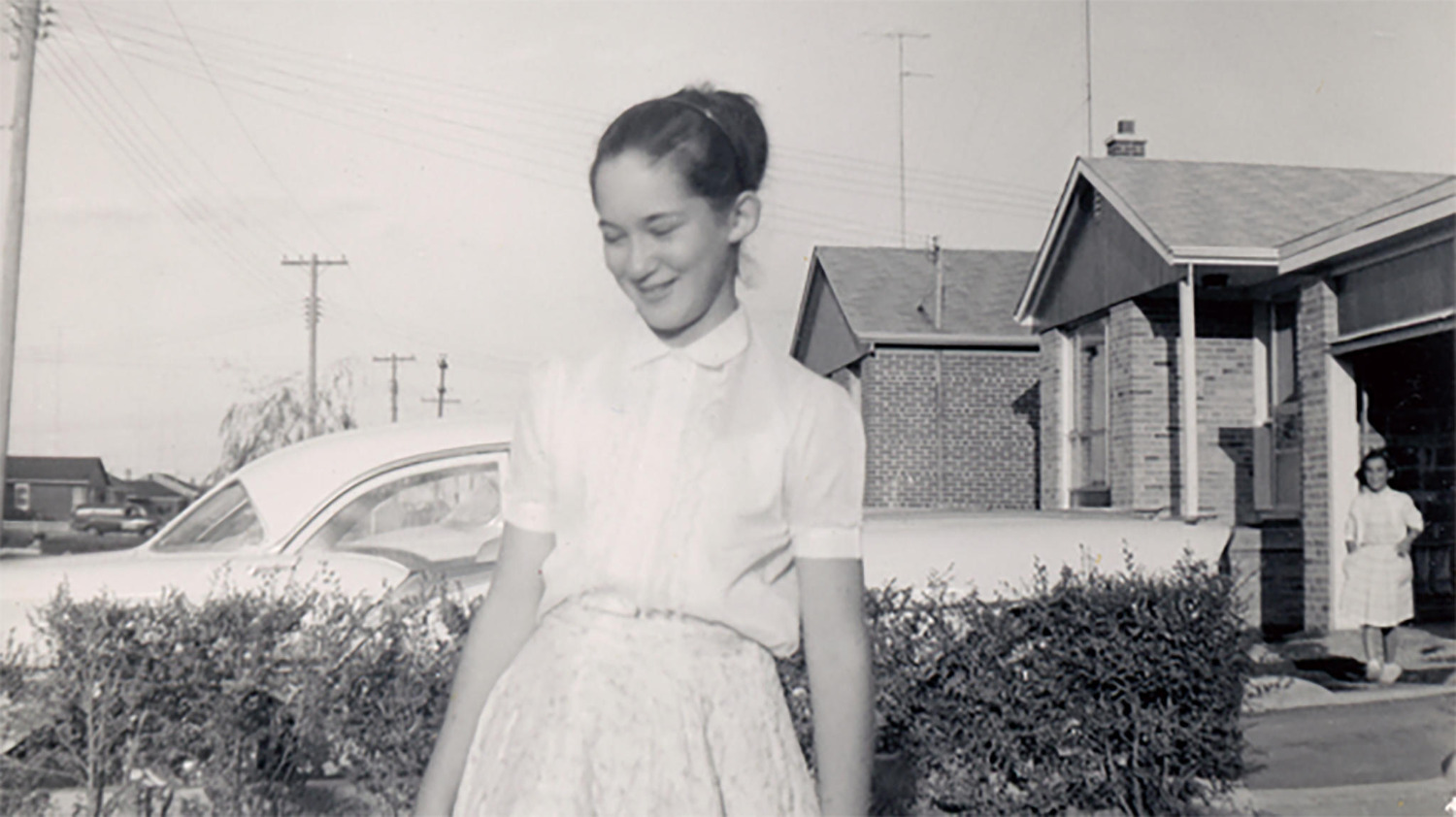Movies offer countless examples of people who risk their lives for their country, their family, or the love of their life. But what kind of person is willing to die for their love of film? Director Ariel Nasr’s documentary The Forbidden Reel answers that question.
Nasr, an Afghan-Canadian filmmaker, who has been working with the National Film Board on projects since 2008’s Good Morning Kandahar, delves into the remarkable history of Afghanistan’s national cinema, and how a few defiant cinephiles risked their lives to stop Taliban extremists from erasing that legacy. Most importantly, The Forbidden Reel makes an unassailable case for why the country’s rich cinematic heritage must be preserved. Nasr profiles several decades of Afghanistan’s film history to challenge viewers’ preconceptions about the country, its people, and their art.
Nasr refers to himself as a lifelong, obsessive researcher of Afghanistan, but even he was surprised by what he discovered while working on The Forbidden Reel. The filmmaker recounts a time, decades ago, when the nation’s capital, Kabul, was home to almost a dozen cinemas, where people lined up around the block to see the latest Afghan movie. Nasr spent weeks on end at Afghanistan’s national film archive, sorting through vintage movie reels and screening movies on old Soviet projectors.
The filmmaker also spoke with such film veterans as actor Yasmin Yarmal, editor Latif Ahmadi, and director Siddiq Barmak, all of whom left their mark on Afghanistan’s cinema. “It’s really interesting to talk to the makers and observers of cinema,” Nasr says. “I’ve found cinema has a sacred feeling.” He relates that during the ’70s, certain theatres in Afghanistan required men to wear a formal suit and tie. And if they didn’t have their own, then much like in a three-Michelin-starred restaurant, the theatre had a clothing rack, and they would provide one. “In Afghanistan, you really feel that sacredness.”
The Forbidden Reel (Excerpt #1) from NFB/marketing on Vimeo.
Citizens held movies in such high regard because of what the art form represented at the time. Film existed at the vanguard of the nation’s reformist, progressive project. “Cinema was this ultra-modern technology, an art form that for a lot of people became a symbol of modernity in Afghanistan,” says Nasr. “The fact that Afghanistan could make its own films… [showed] that Afghan culture had entered the modern era.”
Afghanistan has undergone many changes in the years since cinema was at the cultural forefront. Kabul, Afghanistan’s largest city, has exploded in size over the past fifty years, rising in population from 500,000 people to over four million. More importantly, during that time, the country has endured oppressive nationalist, communist, and religious regimes. The Forbidden Reel explains how these regimes impacted the nation’s cinematic history.
Nasr refers to the ’70s-era filmmakers as the old guard who carried a modernist reform project in Kabul that was about, among other things, giving more liberty to women. “You see it in most of the films,” Nasr says, “There’s this agenda to put women forward to a greater degree than they were actually present in the larger country.” Those people whose job it was to take part in that movement took their work seriously and treated it as a sacred duty. “They still felt that way when the Taliban arrived to destroy the films.”
The state-funded organization Afghan Film was established in 1968 with the goal of creating a national cinema. It also houses the country’s film archive. By the mid-’90s, the Taliban had risen to power in the region, and their strict views clashed with Afghan Film’s liberal policies, which included producing movies with progressive concepts such as advocating for women’s rights.
Certain members of the Taliban wanted to destroy the national archive although it wasn’t official policy to burn films. “There were factions in the Taliban,” Nasr says. “It wasn’t the most organized regime. Factions wanted to destroy the films.” When a group of ideological extremists decided to burn down the national archive, the Taliban Head of Radio and Television took action. He secretly warned employees at Afghan Film to hide their movies. The intrepid cinephiles at Afghan Film went right to work. They built a secret room to stash away their treasured prints.
When the anti-film members of the Taliban arrived at Afghan Film declaring, “Bring out all the films, and if a single film is hidden, it will cost you your life,” the archivists were prepared. Although the threat hung over their heads like a guillotine blade, a few film-loving employees put their lives on the line to preserve the archive.
With the true Afghan films secreted in a separate walled up room, they served up Bollywood, American, and Russian films for the Taliban to burn. “A lot of filmmakers still feel sad that they lost all those old prints, but those were replaceable,” says Nasr. “They saved the most important ones.”
What had the archivists preserved? As The Forbidden Reel demonstrates through clips, a lively artistic cinema had emerged quite quickly in Afghanistan, which definitely needed to be saved. Afghan cinema flourished after the 1978 communist coup and the ensuing Soviet invasion. It seems counterintuitive since local filmmakers were forced to produce pro-Soviet propaganda movies but there was a silver lining in the oppressive communist cloud looming over the nation. The occupation granted filmmakers more funding and access to Russian equipment. These new resources allowed filmmakers to produce independent auteur work.
Siddiq Barmak, one of Afghanistan’s most respected directors, embodies the mixed feelings felt by the filmmaking community during the occupation. Today Barmak is a Golden Globe-winning filmmaker, but his career began after he warily accepted an offer to study film in Russia. Barmak was enamoured of the work of talented Russian directors like Pudovkin, Romm, and Tarkovsky. “Going to Moscow was really a challenge for him to wrap his head around,” Nasr explains. “He was from Panjshir, which was a hotbed of resistance, and he felt deeply that something was wrong.
“He was able to see cinema itself as somehow separate from politics and to go and take what was good about that opportunity and then bring it back and use it in his own way. After spending a few years back in Kabul, Siddiq escaped to Panjshir, and he used his filmmaking expertise to resist the Soviet forces.”
“There’s room and space in Afghan culture to reach across ideology,” says Nasr. “That’s something that I wanted to bring out a little bit more, because we see things so often in black and white in the western media.”
The Forbidden Reel is a love letter to Afghanistan, its resilient people, and the cinematic legacy that was nearly lost to history. Nasr’s documentary presents clips from films in the national archive that reveal a progressive, left-leaning society that conflicts with western media’s one-dimensional portrayal of Afghan culture. Afghan Film’s surviving movies serve as time capsules that provide insights into how the nation once saw itself.
By the end of the documentary, you understand what the people at Afghan Film were willing to die for. They risked their lives for more than a secret stash of movies; these once forbidden reels also preserved pieces of Afghanistan’s spirit.
The Forbidden Reel screens at Hot Docs’ online festival and DOXA’s online festival.
The Forbidden Reel (Trailer 90 sec.) from NFB/marketing on Vimeo.










